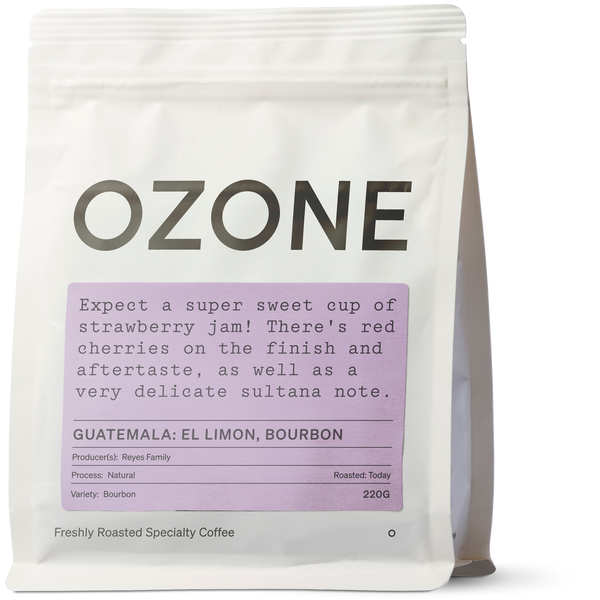Bourbon Coffee Varietal: A Classic Arabica with Sweet, Complex Character
Bourbon is one of the most culturally and genetically significant Arabica coffee varietals, prized for its sweet, balanced cup profile and deep historical roots. Originating as a natural mutation of Typica, Bourbon was introduced to Île Bourbon (now La Réunion) by French missionaries in the early 1700s.
Key Characteristics of Bourbon Coffee
- Type: Heirloom Arabica
- Genetic Group: Bourbon-Typica
- Growth Habit: Tall
- Leaf Tips: Green or bronze
- Fruit Colour: Primarily red, with yellow, orange, and pink variants
- Fruit Size: Small to medium, rounded cherries
- Altitude Range: Optimal between 1,100–2,000 m.a.s.l.
- Yield: Medium (20–30% more than Typica), but still lower than modern hybrids
- Disease Resistance: Susceptible to coffee leaf rust, CBD, and nematodes
Bourbon Sub-Varietals and Yield Insights
Among Bourbon’s colour variants, Yellow Bourbon has shown slightly higher yield potential compared to its red and orange counterparts. However, Red Bourbon remains the most widely cultivated due to its consistency and flavour.
Closely related to other iconic varietals like SL28, Typica, and Caturra, Bourbon’s low yield is often linked to higher cup quality. This is because the plant can channel more energy into fewer cherries, enhancing flavour concentration.
Typical Bourbon Coffee Flavour Profile
Bourbon is celebrated for its sweetness, clarity, and balance. Typical tasting notes include:
- Red Bourbon: Creamy body, chocolate, and nutty tones
- Yellow Bourbon: Bright acidity, citrus, and stone fruit
- Pink Bourbon: Floral, aromatic, and often high-scoring in competitions
Cup characteristics vary by origin, altitude, and processing method. For example:
- El Salvador: Buttery, toffee-like sweetness
- Rwanda: Fruity, punchy acidity
- Guatemala: Vanilla, honey, and pecan with citric brightness
Cultivation Insights from Producers
Bourbon thrives in high-altitude, volcanic soils with stable temperatures. However, it requires careful management due to its disease susceptibility and sensitivity to climate stress.
Best practices include:
- Shade-grown cultivation to slow cherry maturation and enhance sweetness
- Natural or honey processing in dry climates to preserve sugars
- Tailored fermentation to highlight regional flavour nuances
- High planting density (3,000-4,000 plants/ha) with single-stem pruning
Sub-Varieties and Global Distribution
Bourbon has given rise to many well-known cultivars, including:
- SL28 (Kenya)
- Caturra (Brazil)
- Mundo Novo, Pacas, Villa Sarchi, and Moka
It remains widely cultivated in El Salvador, Guatemala, Honduras, Peru, Rwanda, and Burundi, though often replaced by hybrids in commercial settings.
Why Bourbon Still Matters
Despite its agronomic challenges, Bourbon continues to be a cornerstone of specialty coffee. Its cup quality, versatility, and heritage appeal make it a favourite among roasters and coffee lovers alike.
Further Reading
World Coffee Research – Bourbon Varietal Profile
A comprehensive breakdown of Bourbon’s agronomic traits, flavour potential, disease susceptibility, and optimal growing conditions.
Mercanta - About Varieties: Bourbon
This resource from our coffee exporting friends at Mercanta provides a detailed overview of Bourbon’s origin, productivity, flavour profile, and its role in global coffee cultivation. It also discusses sub-varieties like Red, Yellow, and Pink Bourbon, and their sensory differences.

